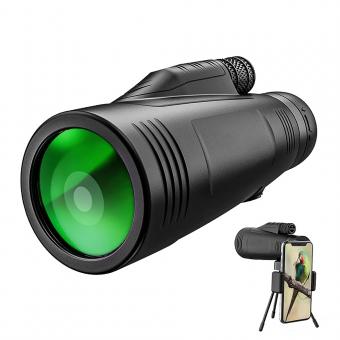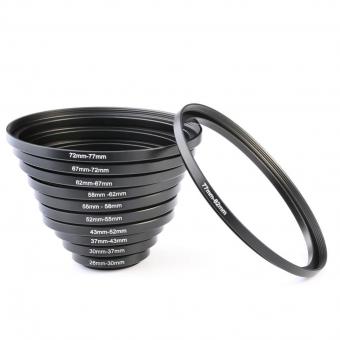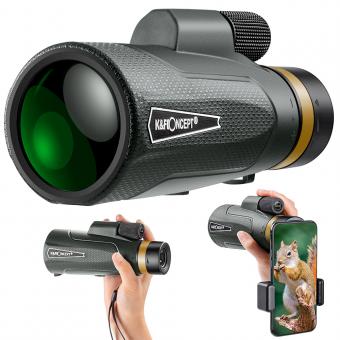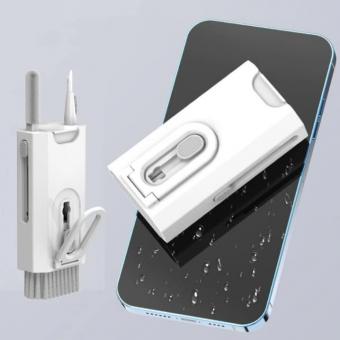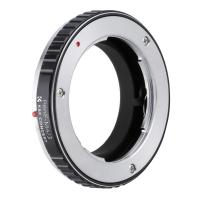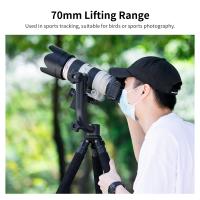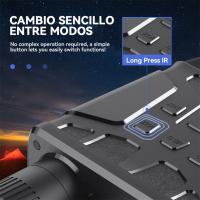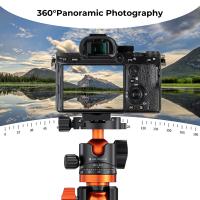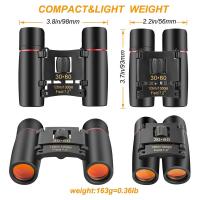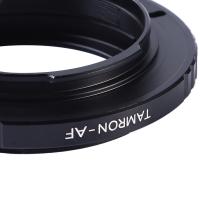How To Set Up Monocular Telescope ?
To set up a monocular telescope, first, remove it from its packaging and attach any necessary accessories, such as a tripod or phone adapter. Next, adjust the focus by rotating the eyepiece until the image is clear. If the monocular has a zoom feature, adjust it to the desired magnification. Finally, aim the monocular at the desired object and use the focus knob to fine-tune the image. It is important to note that using a monocular telescope requires steady hands or a stable surface, such as a tripod, to prevent shaky images.
1、 Choosing the right monocular telescope
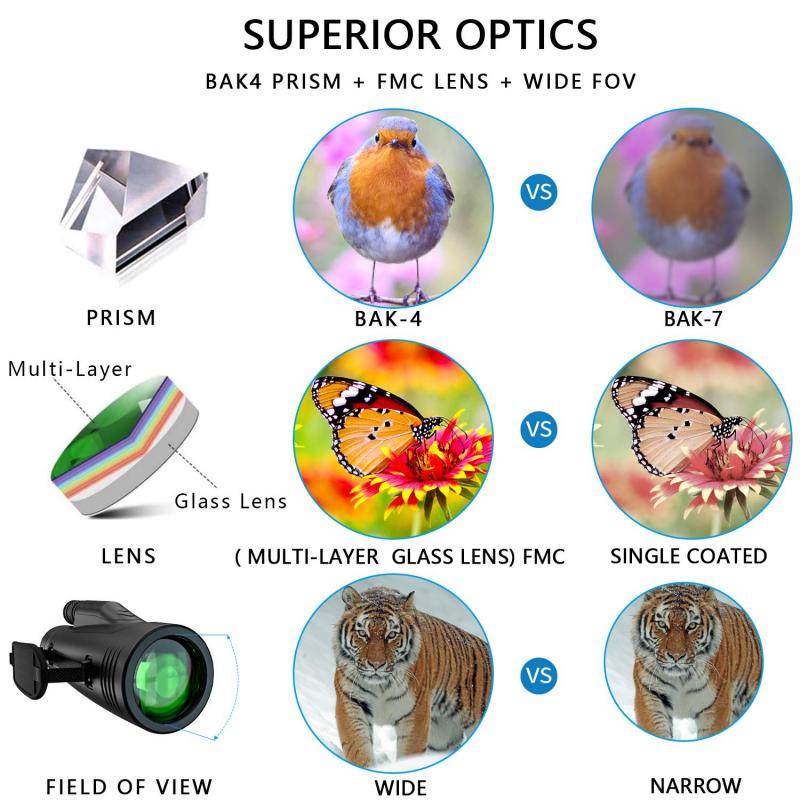
How to set up monocular telescope:
1. First, attach the monocular to a tripod or monopod for stability.
2. Adjust the focus by rotating the eyepiece until the image is clear.
3. Use the zoom feature, if available, to adjust the magnification to your desired level.
4. Point the monocular at the object you want to observe and adjust the focus as necessary.
Choosing the right monocular telescope:
When choosing a monocular telescope, there are several factors to consider. First, consider the magnification power and objective lens size. A higher magnification power will allow you to see objects in greater detail, but a larger objective lens size will provide a brighter and clearer image.
Next, consider the size and weight of the monocular. If you plan to use it for extended periods of time, a lightweight and compact option may be more comfortable to use.
Finally, consider any additional features such as waterproofing or image stabilization. These features can enhance the performance and durability of the monocular.
In recent years, there has been a trend towards monocular telescopes with smartphone compatibility. These models allow you to attach your smartphone to the monocular and capture images or videos of the objects you observe. This can be a great option for those who want to share their observations with others or document their findings.
2、 Adjusting the focus and eyepiece
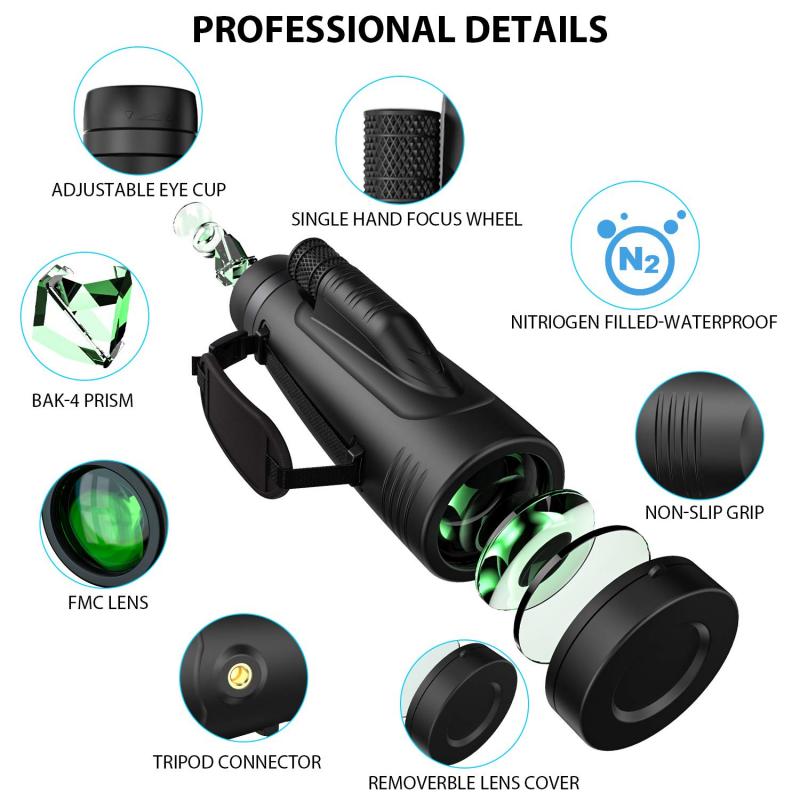
How to set up a monocular telescope? The first step is to attach the monocular to a tripod or mount it on a stable surface. Once the monocular is secured, it's time to adjust the focus and eyepiece.
Adjusting the focus is crucial to get a clear and sharp image. Start by looking at a distant object and slowly turn the focus knob until the image becomes clear. If the image is still blurry, adjust the focus knob again until the image is sharp.
Next, adjust the eyepiece to your eye's comfort level. Most monoculars have an adjustable eyepiece that can be twisted to adjust the focus. Adjust the eyepiece until the image is clear and comfortable to view.
It's important to note that different monoculars may have different focus and eyepiece adjustments. Always refer to the manufacturer's instructions for specific details on how to adjust your monocular.
In addition to adjusting the focus and eyepiece, it's also important to consider the lighting conditions. If you're using the monocular in low light conditions, you may need to adjust the brightness or contrast settings to get a clear image.
Overall, setting up a monocular telescope is a simple process that requires adjusting the focus and eyepiece. With a little practice, you'll be able to get clear and sharp images of distant objects.
3、 Mounting the monocular telescope on a tripod

How to set up monocular telescope? One of the most important steps is mounting the monocular telescope on a tripod. This ensures stability and reduces the chances of shaky images. To mount the monocular telescope on a tripod, first, ensure that the tripod is stable and level. Then, attach the mounting bracket to the tripod head. Next, attach the monocular telescope to the mounting bracket using the screw provided. Ensure that the monocular is securely attached to the bracket to avoid any accidents.
It is important to note that the type of tripod used can affect the stability of the monocular telescope. A sturdy tripod with a weight capacity that exceeds the weight of the monocular telescope is recommended. Additionally, the height of the tripod should be adjustable to allow for comfortable viewing.
When setting up the monocular telescope on a tripod, it is also important to consider the location. Choose a location that is free from obstructions and has a clear view of the sky. Avoid setting up the tripod on uneven ground or in areas with high winds.
In conclusion, mounting the monocular telescope on a tripod is an essential step in setting up the telescope for optimal viewing. It is important to choose a sturdy tripod, adjust the height for comfortable viewing, and choose a location that is free from obstructions. With these steps, you can enjoy clear and stable images of the night sky.
4、 Aligning the monocular telescope with the target
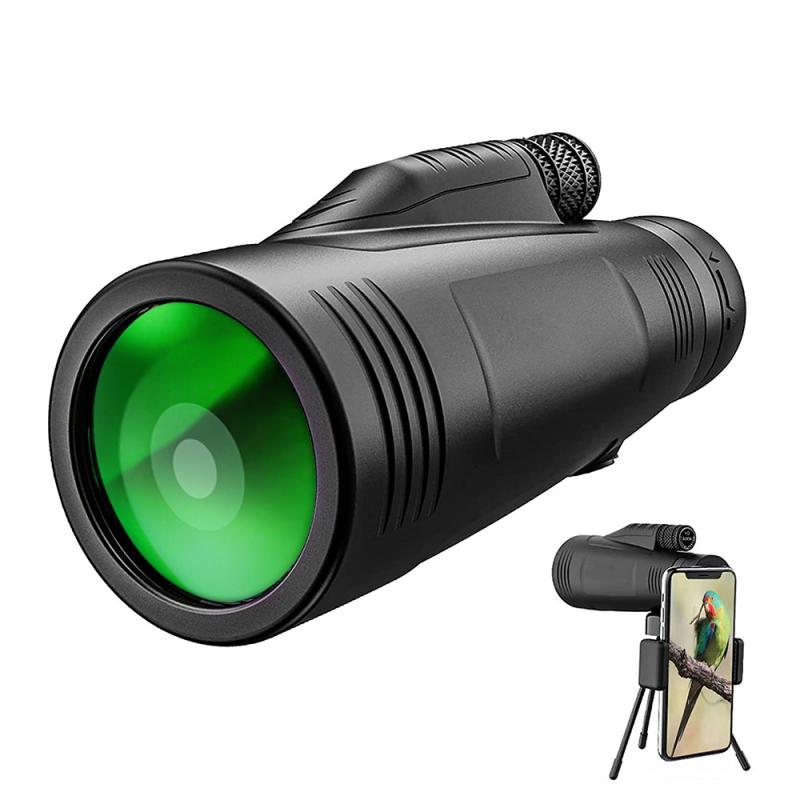
How to set up monocular telescope:
1. Choose a stable surface: Find a stable surface to place your monocular telescope on. This could be a table, tripod, or any other stable surface.
2. Attach the monocular to the tripod: If you are using a tripod, attach the monocular to it securely. Make sure it is tightened properly to avoid any wobbling.
3. Adjust the focus: Adjust the focus of the monocular by turning the focus wheel until the image is clear and sharp.
4. Adjust the eyepiece: Adjust the eyepiece to your eye by twisting it until you can see the entire field of view without any black edges.
5. Aligning the monocular telescope with the target: Once you have set up your monocular telescope, you need to align it with the target you want to observe. To do this, point the monocular towards the target and adjust the focus until the image is clear. If you are using a tripod, you can adjust the position of the tripod to get a better view of the target.
It is important to note that when aligning the monocular telescope with the target, you should avoid looking directly at the sun or any other bright light source as it can damage your eyes. Additionally, it is recommended to use a monocular telescope with a magnification of 8x or less for beginners as higher magnifications can be difficult to stabilize and may require more advanced techniques.



